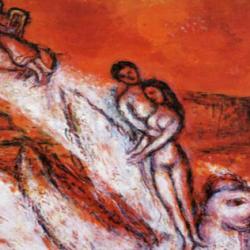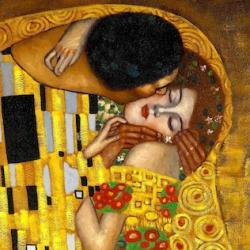In his Romance, She Wrote: A Hermeneutical Essay on Song of Songs , Andre LaCocque suggests that the reference to the “mountain of myrrh and the hill of frankincense” in Song of Songs 4:6 are another references to the “feminine figure, especially as the maiden’s breasts have just been admired in verse 5.” He also sees a reference to the temple: “The har hammor alludes to Mount Moriah (2 Chr 3:1), and the gibe’at hallebona , to Mount Zion.” In a footnote, he points to the fact that “frankincense is exclusively liturgical in the Bible” as evidence that the hill of frankincense refers to the temple mount. We might extend the analogy: Twin mountains are like twin pillars (cf. Song of Songs 8:10), the two pillars outside the temple.
All this is on target, but then LaCocque adds “The irreverence is of course of the same cloth as in the whole text.” But what irreverence is there? That the topography of the land is being compared to a woman? That the temple mounts are like a woman’s breasts? That the temple itself is like a woman’s body? What makes any of that irreverent? All that rests on pretty basic assumptions of the biblical worldview.
LaCocque’s pervasive effort to show that the Song subverts sexual conventions in Israel depends on a prior assumption that the Bible as a whole is rather prudish. But it isn’t, and so LaCocque’s thesis seems daring (to him!) only because of his residual Victorianism.











